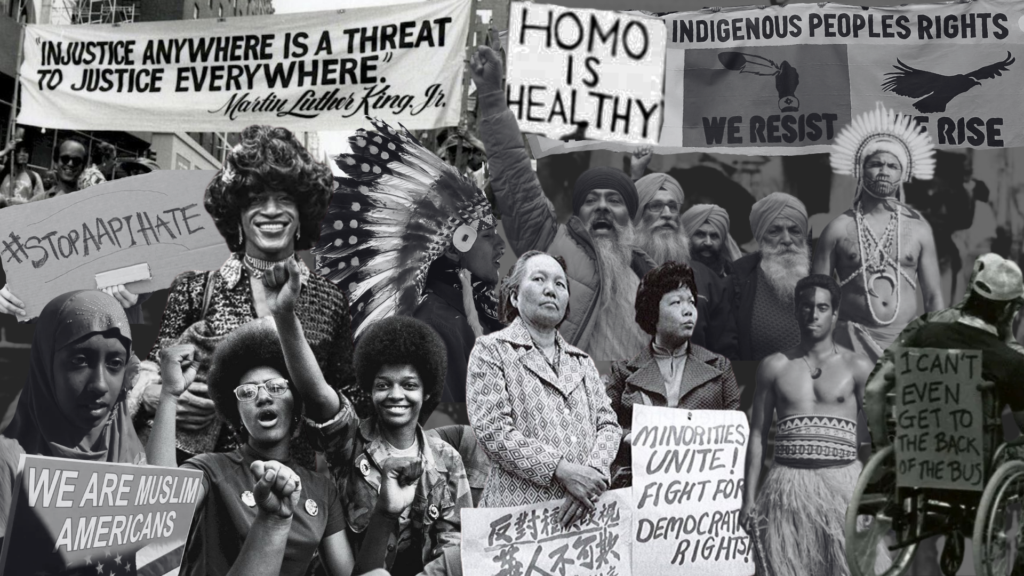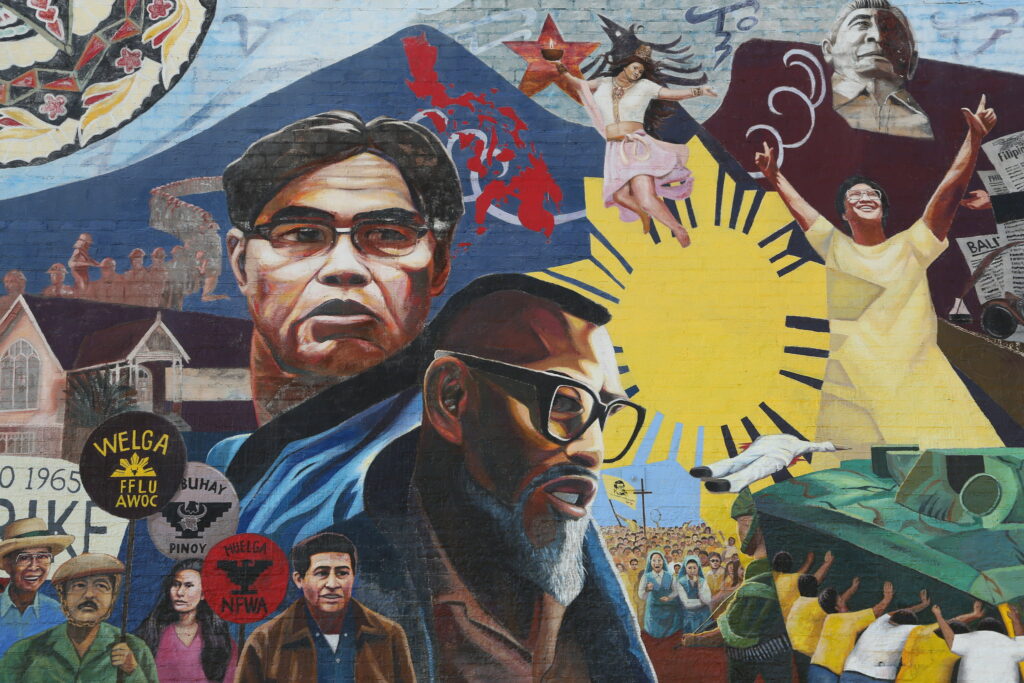
When we embrace our shared humanity, we can create a stronger and safer community for everyone. Sadly, hate continues to harm our family, friends, and neighbors simply because of who we are. This includes, but is not limited to, our race, gender, beliefs, abilities, class, who we love, where we come from, and more. Generally, hate stems from bias, fear, and/or intolerance.
We know it when we see it. But when left unchecked, it can escalate to violence and conflict, dividing us further. Hate prevents us from truly seeing and appreciating each other.
People experience hate in different ways. It can appear through individual acts of hostility and as a byproduct of discriminatory laws and policies that target certain groups.
When hate is directed at an individual or a small group of people.
E.g. When a kid is bullied due to their physical appearance or weight.
When hate is directed at an entire community as a whole.
E.g. The rise of anti-Asian hate and violence due to being blamed for the COVID-19 pandemic.
When hate comes from an institution that has the power to deny others based on bias or discrimination.
E.g. “Don’t Ask, Don’t Tell” policy in the military allowed gay people to serve, but forced them to conceal their sexual orientation.
Within these broader categories, the act of hate can stem from:
A tendency to favor or disfavor a particular group, person, or idea, often in a way that is unfair.
E.g. Preference for one gender over the other in a job hiring process.
Oversimplified and often negative generalizations about groups of people and the assumption that all members of that group share the same characteristics.
E.g. All Muslims portrayed as terrorists in American entertainment and media.
The belief that groups of people can be distinguished based on the inferiority or superiority of one race over another.
E.g. Assuming a Black man is committing a crime simply because he is Black.
Everyone deserves to be safe and live freely without fear, regardless of the color of your skin, the way you express love, or how you worship. If you or a loved one is experiencing hate, please visit cavshate.org for help.
When people think of hate, they often think of hate crimes. It is crucial to know that a hateful act should not and does not have to be a crime to be considered hate. In order to better serve Californian communities, Stop the Hate partners are attuned to the myriad of ways individuals endure hate, from incidents to crimes.
A crime motivated by bias against race, color, religion, national origin, sexual orientation, gender, or disability.
E.g. A violent act, threat or property damage that is motivated by hate.
An act of prejudice that deeply impacts the victim(s) but does not constitute a crime.
E.g. Hateful speech or verbal harassment.

Vulnerable communities have been, and continue to be, targets of hate in American history. From unjust policies – like the century-year-old Jim Crow laws that segregated the Black community, and the Defense of Marriage Act that banned same-sex marriage for the LGBTQ+ community – to so much more. All such actions are rooted in discrimination and continue the spread of hate.
In the fight against hate, solidarity is crucial. It recognizes that the struggles faced by one group are both different from and interconnected with others. Through collaborative relationships across different communities, this type of commitment precedes us and can last for lifetimes, as long as incoming generations continue to foster its power.
From the solidarity of Filipino and Mexican farm workers that led to one of the most pivotal labor movements, to the Stonewall Uprising that brought together thousands from all walks of life for the LGBTQ+ movement, solidarity has the power to create meaningful progress for our communities. While there are efforts to pit us against one another, history tells us there is a different path we can take. When solidarity is a priority and a practice, it can transcend the status quo and move us towards a more just and equitable future.

Learn about other communities. Read a history book, watch a documentary or listen to a podcast.
Connect and form strong relationships with people in and outside of your own community, whose values align with yours.
Organize and mobilize your community through protests, marches, and rallies. Volunteer, engage, and donate to local organizations who have your community in mind.
Use your voice. Participate in your local government, attend city council meetings, and meet with local, state, and federal representatives to champion legislation that promotes equity and justice.
The Stop the Hate program is on a constant journey to solidify and strengthen solidarity and collaboration between and within the 180 community-based organizations.
Get involved and start building community power with your Stop the Hate partners!